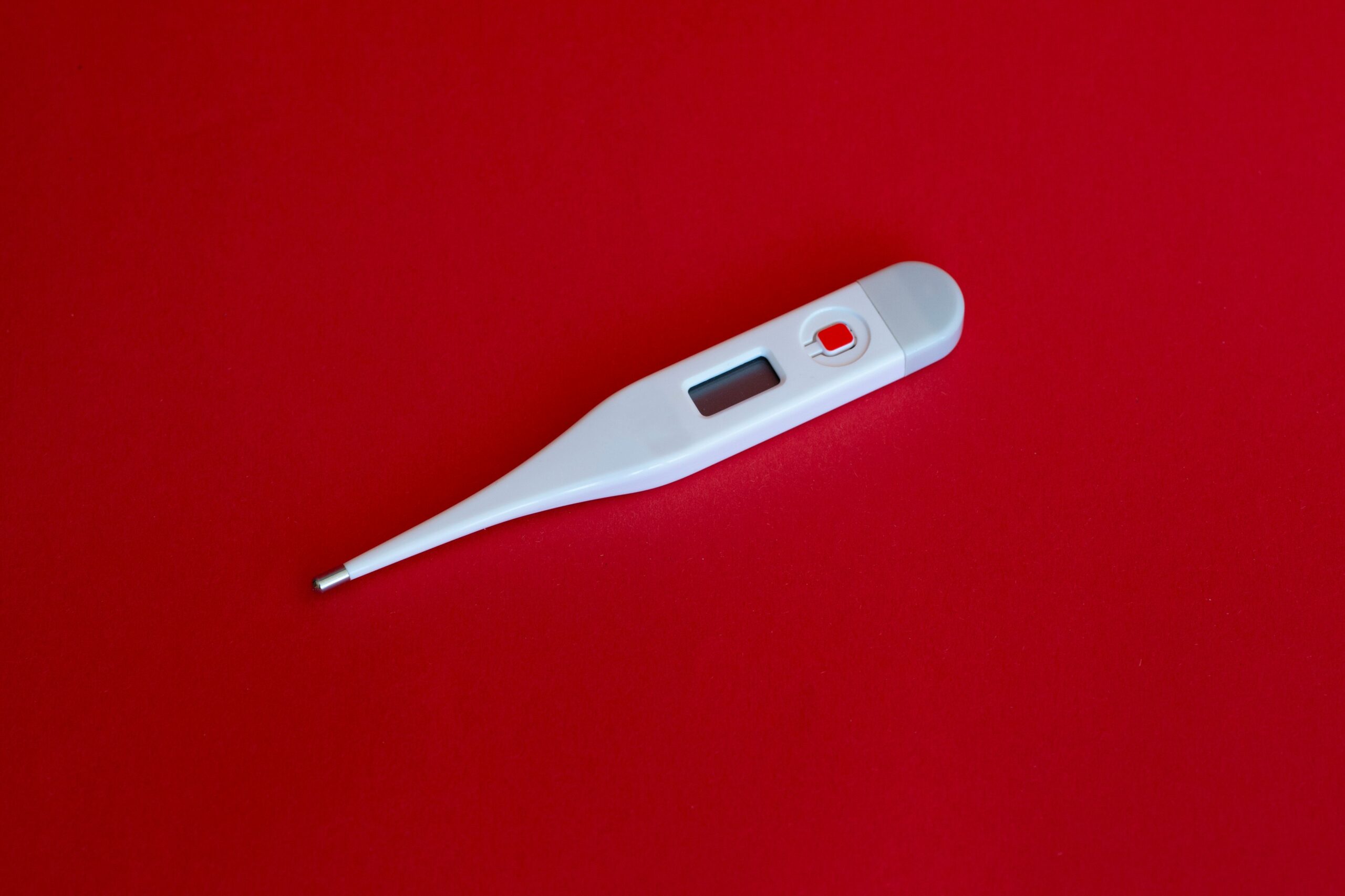Introduction
Chronic Obstructive Pulmonary Disease (COPD) is a progressive lung disease that affects millions of people worldwide. It is characterized by airflow limitation and persistent respiratory symptoms. Roflumilast, marketed as Westabreath, is a medication that has been approved for the treatment of COPD. In this blog post, we will explore the mode of action of Roflumilast and how it helps in managing COPD.
Understanding COPD
Before diving into the mode of action of Roflumilast, it is important to have a basic understanding of COPD. The disease is primarily caused by long-term exposure to irritants such as cigarette smoke, air pollution, and occupational dust and chemicals. These irritants lead to chronic inflammation and damage to the airways, resulting in the characteristic symptoms of COPD, including coughing, wheezing, shortness of breath, and chest tightness.
The Role of Inflammation in COPD
Inflammation plays a crucial role in the development and progression of COPD. The inflammatory response in the lungs of COPD patients is characterized by the presence of various inflammatory cells and the release of pro-inflammatory molecules. This chronic inflammation contributes to the narrowing of the airways, increased mucus production, and structural changes in the lung tissue.
Roflumilast: A Selective Phosphodiesterase-4 (PDE-4) Inhibitor
Roflumilast belongs to a class of medications known as selective phosphodiesterase-4 (PDE-4) inhibitors. PDE-4 is an enzyme that is involved in the breakdown of cyclic adenosine monophosphate (cAMP), an important cellular messenger. By inhibiting PDE-4, Roflumilast increases the levels of cAMP in the cells of the lungs, leading to various anti-inflammatory effects.
Anti-inflammatory Effects of Roflumilast
1. Reduction of Inflammatory Cell Activation: Roflumilast inhibits the activation and migration of inflammatory cells, such as neutrophils, eosinophils, and lymphocytes, into the lungs. This helps to reduce the overall inflammatory response and prevents further damage to the airways.
2. Suppression of Pro-inflammatory Cytokines: Roflumilast also inhibits the release of pro-inflammatory cytokines, such as tumor necrosis factor-alpha (TNF-α) and interleukin-8 (IL-8), which are known to contribute to the inflammation seen in COPD. By suppressing these cytokines, Roflumilast helps to alleviate the symptoms of COPD and improve lung function.
3. Modulation of Mucus Production: Excessive mucus production is a common feature of COPD. Roflumilast has been shown to reduce the production of mucus by inhibiting the synthesis and secretion of mucins, the main components of mucus. This helps to improve airflow and reduce the frequency of exacerbations in COPD patients.
Clinical Benefits of Roflumilast in COPD
Numerous clinical trials have demonstrated the efficacy of Roflumilast in the management of COPD. Patients treated with Roflumilast have shown improvements in lung function, reduced exacerbations, and decreased symptoms compared to those receiving a placebo. Additionally, Roflumilast has been shown to have a positive impact on quality of life measures in COPD patients.
Conclusion
Roflumilast (Westabreath) is a selective PDE-4 inhibitor that exerts its therapeutic effects through its anti-inflammatory properties. By reducing the activation of inflammatory cells, suppressing pro-inflammatory cytokines, and modulating mucus production, Roflumilast helps to alleviate the symptoms of COPD and improve lung function. It is an important medication in the management of COPD and offers hope to patients living with this debilitating disease.



